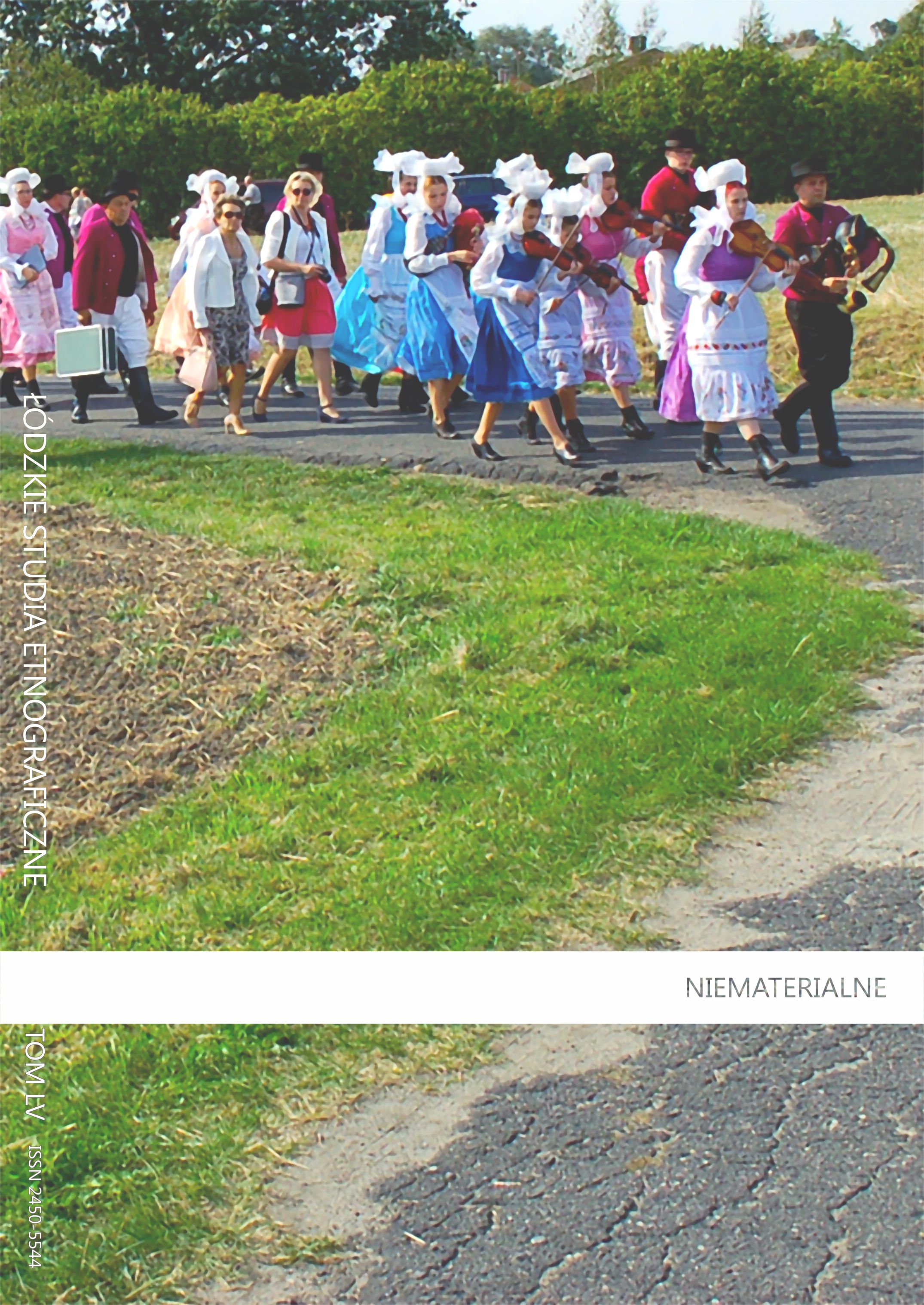Czym jest dla dzisiejszych Wilamowian język wilamowski? Różne funkcje, różne postawy językowe
What is the Wymysorys Language for Vilamovians Today? Different Functions, Different Language Altitudes
Author(s): Tymoteusz KrólSubject(s): Anthropology, Local History / Microhistory, Western Slavic Languages
Published by: Polskie Towarzystwo Ludoznawcze
Keywords: Wilamowice; Wymysorys; Vilamovian; Wilamowicean; language revitalization; ethnic minorities; minority languages
Summary/Abstract: What makes the Wilamowice town so unique is the original language, Wymysorys. Vilamovian was brought to Poland by the settlers from the Western Europe and survived through the historical storms in the region till today. However, due to the after-Second World War suppressions of the German-like speaking community – bans of using the language, population displacement and deportations to the labor camps – the intergenerational knowledge transfer was disrupted. Children for whom the Vilamovian was their first language were being force to “unlearn” the language on the behalf of the dominating Polish. This violent political practice resulted in life-lasting trauma and unbreakable fear of speaking Vilamovian. Their native language was being forgotten by the post-war generations, although it was too late for them to naturally canvass Polish instead. Accordingly, a number of people declaring to do not know Wymysorys use particular words from it, while talking in Polish about traditional Vilamovian clothing, customs and values, deeply associated with Vilamowian identity. Contradictory to the earlier predications that Vilamowian language will die completely by the end of the 20th century, in the being of the second decade of the 21st century the dedicated revitalization program was introduced in the region. The initiative engaged scientists from major Polish universities – the University of Warsaw, Adam Mickiewicz University in Poznań – as well as foreign scholars. Wymysorys was introduced to the curriculum of the local schools and the intergenerational meetings are being held regularly. After some time, the Vilamovians also engaged into the revitalization program, even though there are strong differences in their linguistic bases. Today, the knowledge and use of Vilamowian is vividly growing amongst the young. The language once almost forgotten starts not only to gain back its communicative function, but more and more often takes upon a functions of identity construction and linguistic code, understood only by the narrow group of people.
Journal: Łódzkie Studia Etnograficzne
- Issue Year: 55/2016
- Issue No: 1
- Page Range: 241-264
- Page Count: 24
- Language: Polish

